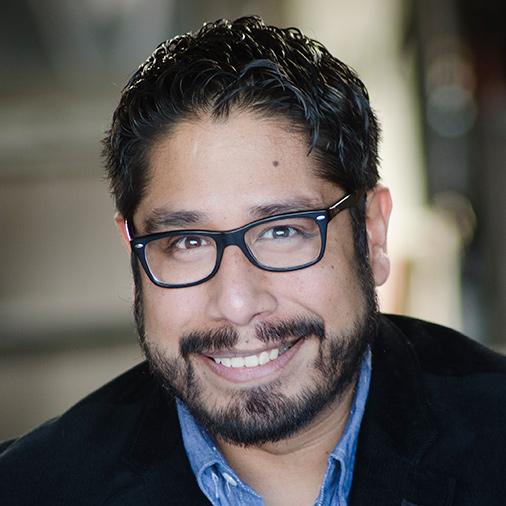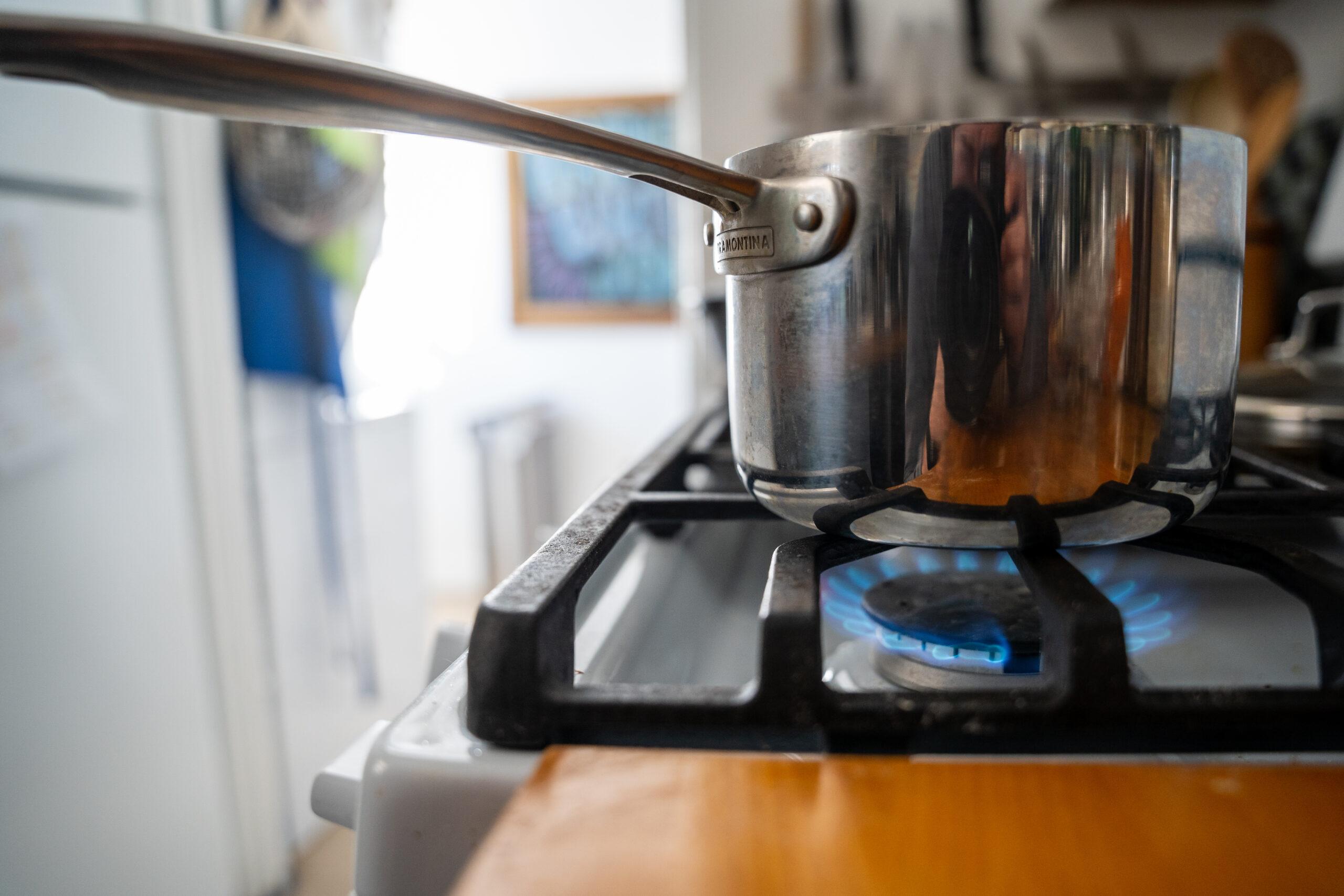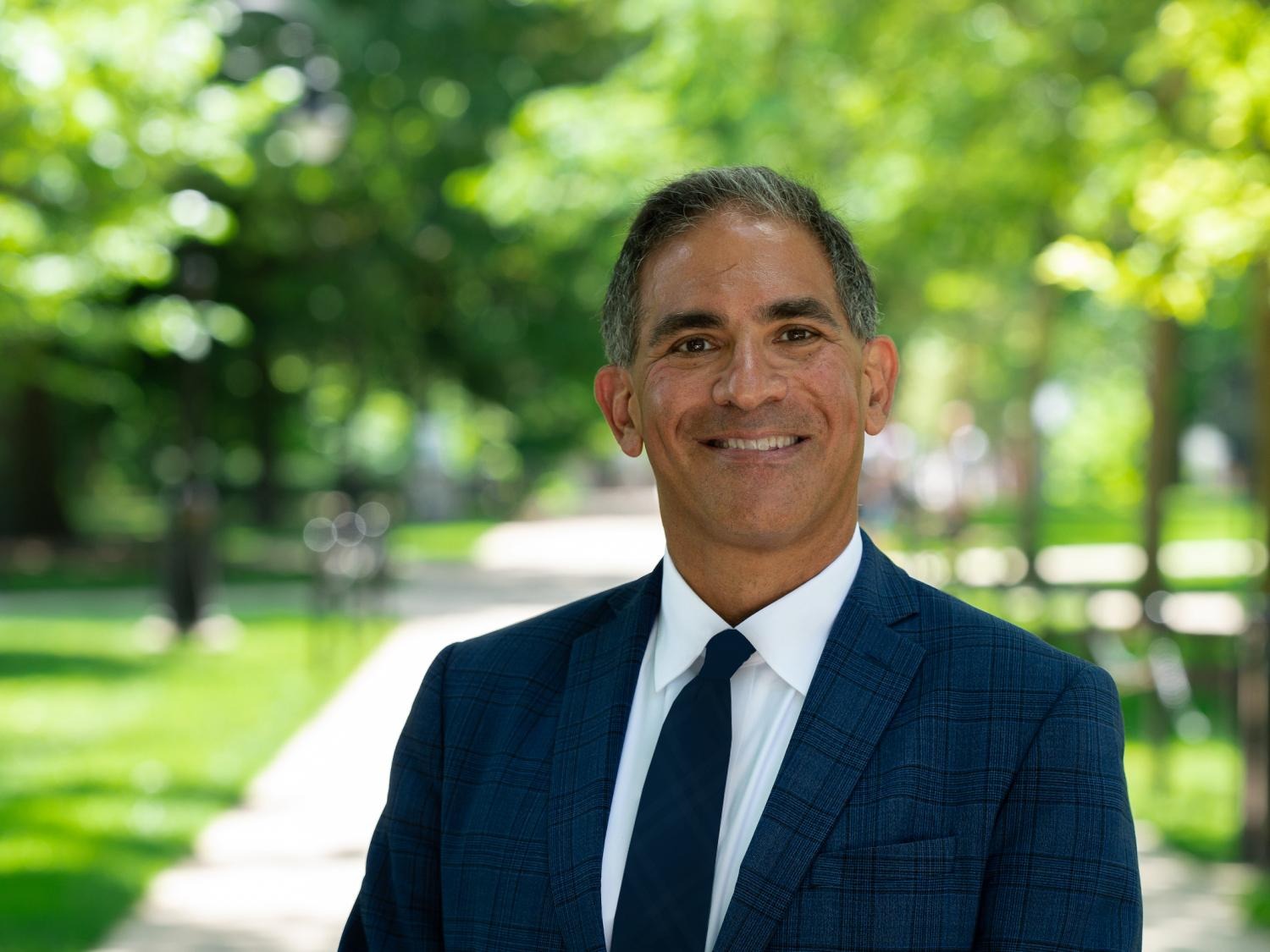
In the foothills outside Golden, you can get your hands dirty and find ancient artifacts alongside experts from the Denver Museum of Nature and Science. The dig is called "Magic Mountain," since it's situated adjacent to the former amusement park. Archeologists there have discovered ceramics, fire pits, and stone projectiles dating back as far as 7,000 years.
I took a tour last week with a few local residents. We gathered underneath a blue canopy set up at the site that tried hard to shield us from the upwards of 100-degree heat. Ours was just one of a number of canopies dotting the site. Most covered precisely dug rectangular pits of varying sizes, and dozens of volunteers and archeologists crouched over those pits, scraping away with small metal trowels.
Right next to us, crouched over a pile of partially unearthed rocks was Michelle Koons, the Curator of Archaeology at the museum. It was her idea to allow the public to get up close to this site -- and actually help unearth important artifacts. She says this isn’t the first time Magic Mountain has been studied by archeologists -- in the late 1950s, Cynthia Irwin-Williams of Harvard published a book on the site -- but a recent partnership between the museum and the non-profit Paleocultural Research Group used cutting edge technology to map so-called “hotspots” underground.
Those areas are now being excavated, with the public’s help. Mark Mitchell, the group's research director, says since the artifacts being discovered are native, the Denver Museum of Nature area has notified area tribal leaders. Once the excavation is done all the holes and pits will be filled in and the area will once again be left to nature. In the meantime, more than 2,000 people will visit the site during the museum’s public tour.









